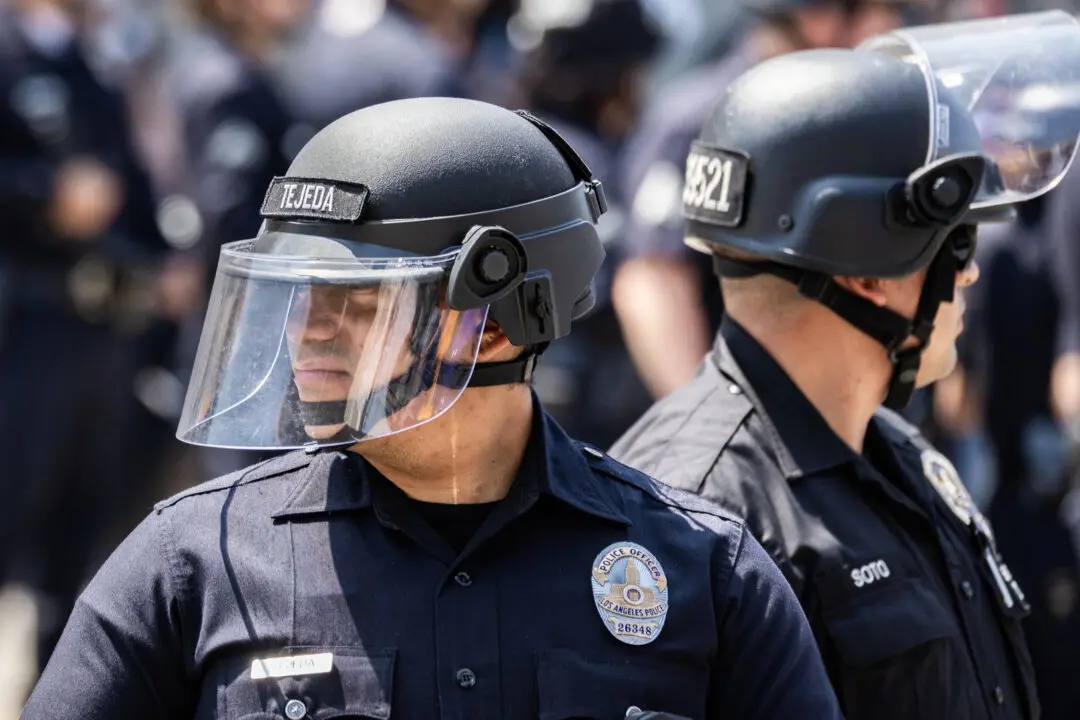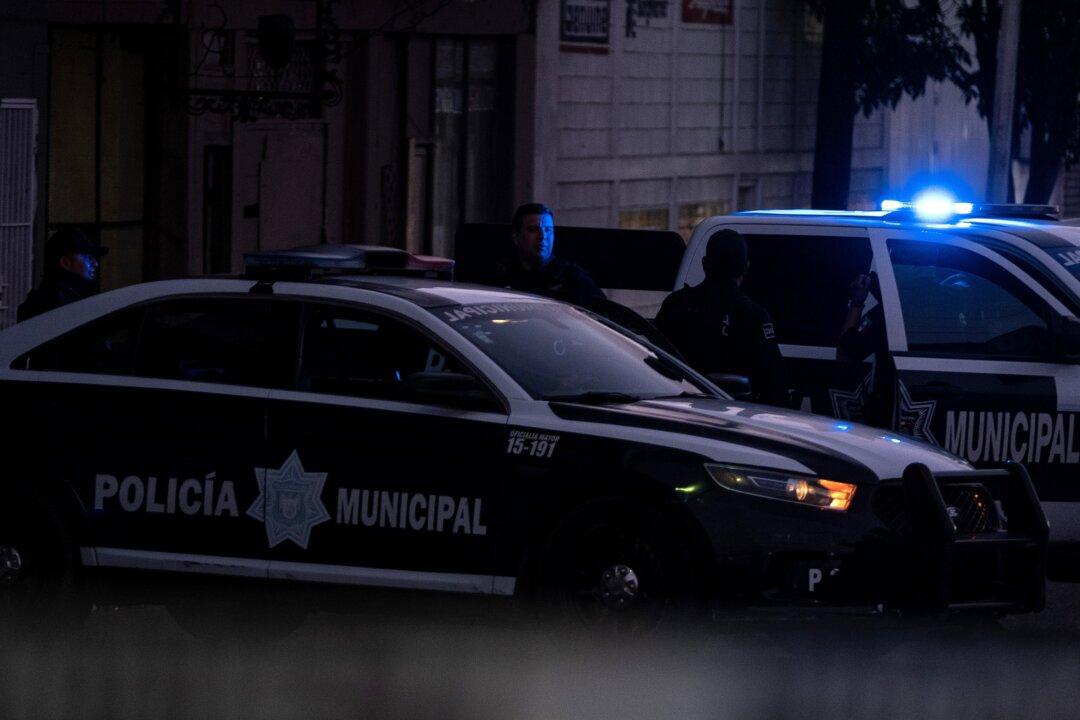LOS ANGELES—Marking a shift in the battle against COVID-19, state officials on Feb. 17 announced a framework based on the idea that the virus will be a continuing presence, and moving California into an ongoing state of readiness to address localized outbreaks and respond to potential new variants of the virus—while trying to give residents at least a sense of normalcy.
“We are moving past the crisis phase into a phase where we will work to live with this virus, and we will maintain a readiness posture and stay on top of the nature of change that is so self-evident with this pandemic and disease,” Gov. Gavin Newsom said at a news conference in Fontana. “We are moving ... away from a more control construct of mandates to one where we create the conditions and an environment where we are not reacting but we are maintaining a posture where we are staying on top of the mutations ... and making sure that we are communicating more effectively.”





